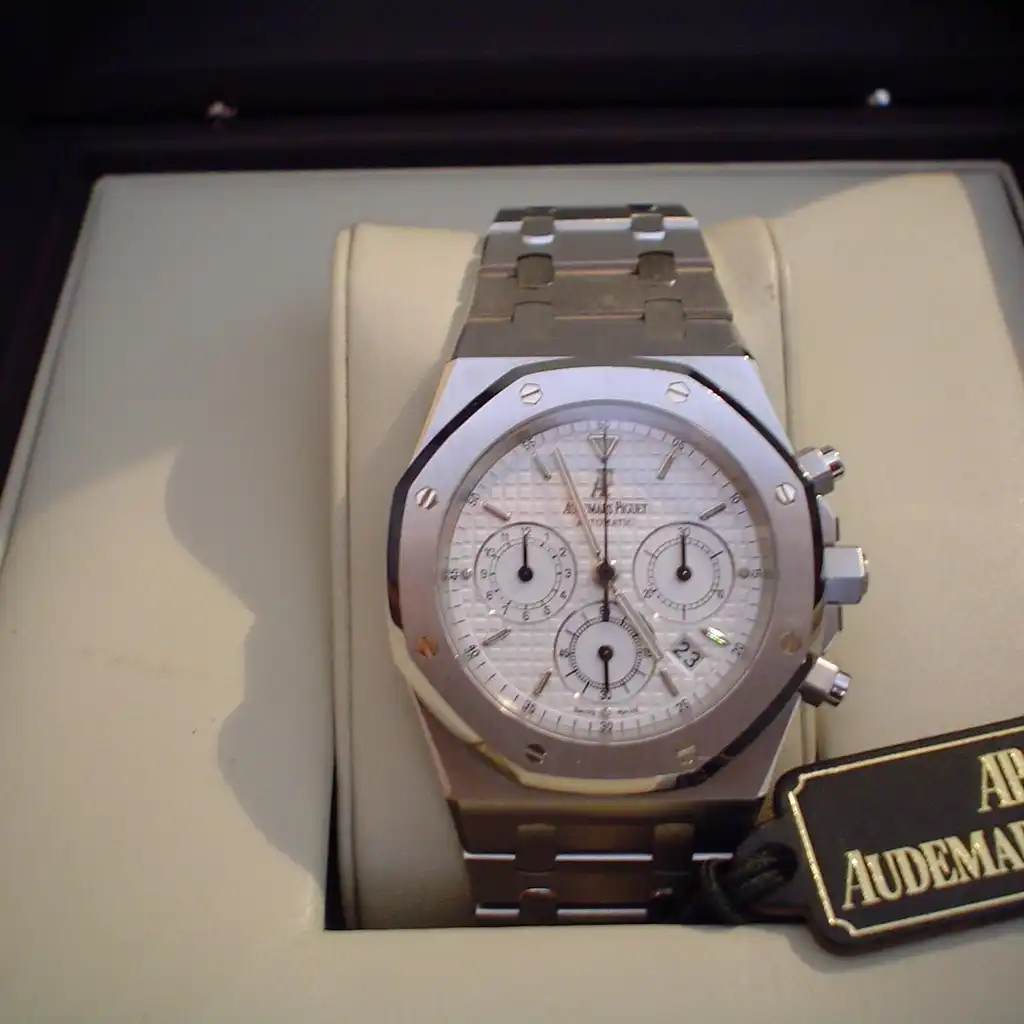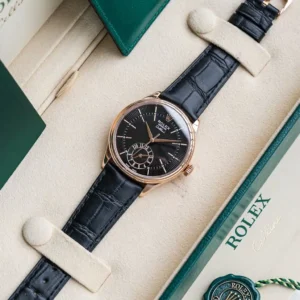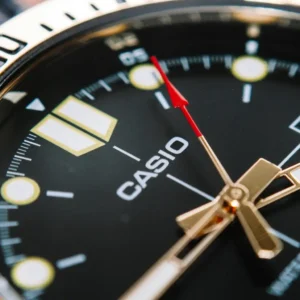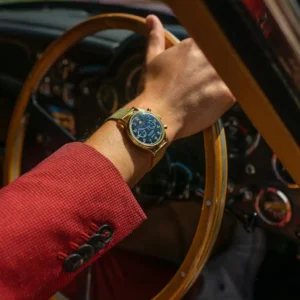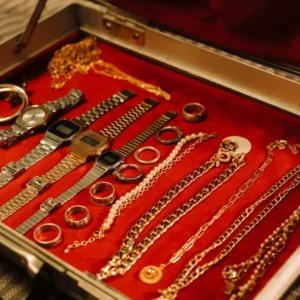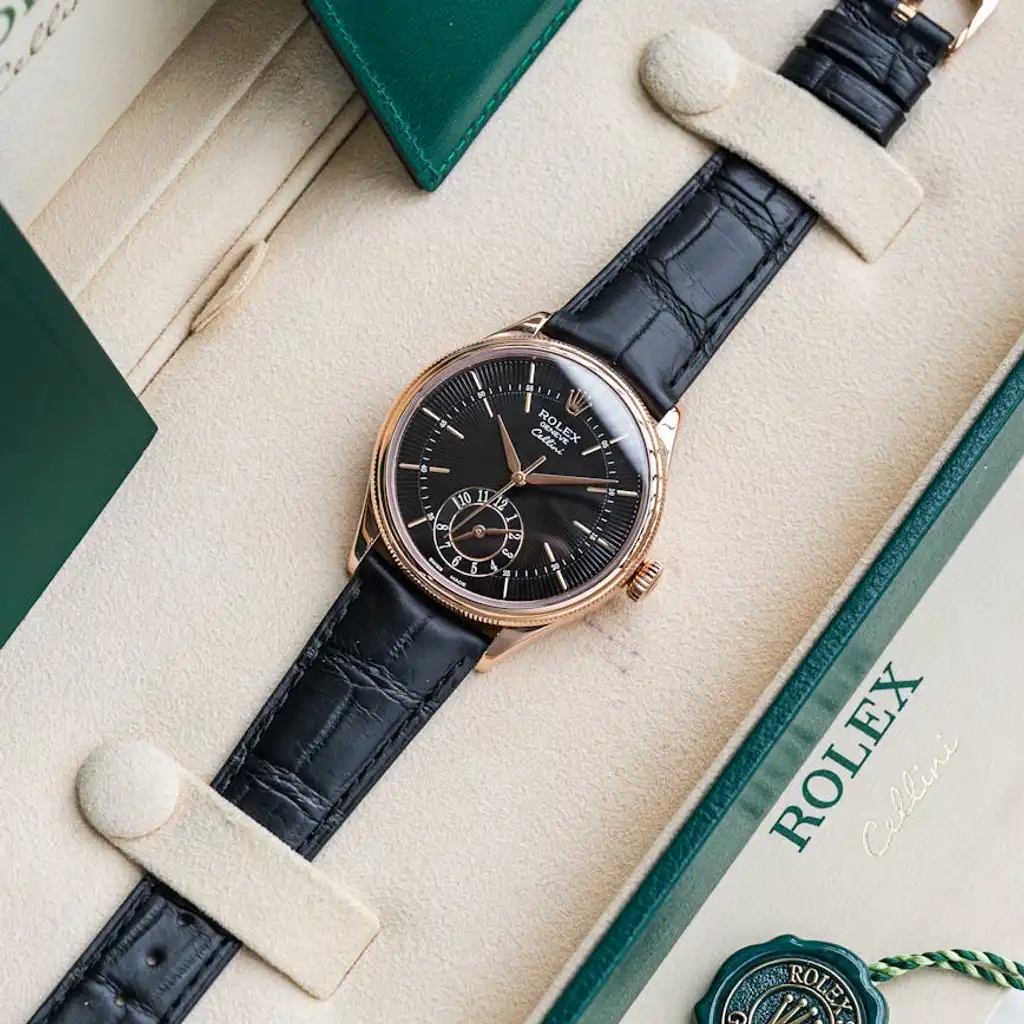A Difficult Start in Chronograph Wristwatches
The 1930s saw Audemars Piguet creating some of the first chronograph wristwatches during one of the most challenging periods in the company’s history. The economic crisis of the time reduced their workforce drastically, yet they produced over 50 chronographs. Between 1939 and 1945, production surged, with 210 new chronographs crafted, comprising a remarkable 68% of all chronograph wristwatches the brand produced in its first 100 years. Most were sold in Switzerland and Italy, with select pieces sent to the U.S., Argentina, England, and Turkey.
Each chronograph from this period was unique, with variations in design, materials, and style. For instance, the rare “pre-model 1533” featured a 36mm case by Geneva’s renowned Wenger, adorned with drop-shaped lugs and a slim bezel. The watch, produced between 1943 and 1948, exemplifies the elegance and precision of Audemars Piguet’s designs during this era.
Iconic Timepieces and Key Details
One of the most notable pre-model 1533 watches, numbered 45603, was initially sold in Bologna in 1943 and later acquired by Audemars Piguet’s Heritage team in 2015. The watch’s design blends steel and 18-carat pink gold, with refined detailing such as blued steel chronograph hands and hour markers crafted in black enamel. The dial features a unique 4/5 mark on the 30-minute counter, designed to mark a 45-minute interval—a feature requested by Jacques-Louis Audemars, an avid soccer fan.
This dial design highlights Audemars Piguet’s attention to balance and complexity. The chronograph’s counters, railway tracks, and hour markers are meticulously styled, with various fonts and scales adding a unique character to each timepiece. These details capture the brand’s mastery of design and functionality, traits that resonate with collectors and horological enthusiasts alike.
Innovations in Movement: The Valjoux 13VZAH
The heart of these chronographs was the Valjoux 13VZAH movement, acquired as blanks and decorated in Audemars Piguet’s Le Brassus workshop. The “13VZAH” designation reflects the movement’s specifications: a 13-ligne diameter, Valjoux origin, a counter function, and the distinctive Audemars Piguet hour counter. This intricate movement was used in 94 chronographs between 1939 and 1946, each finished with care and assembled with precision.
Heritage and Modern Innovation
In recent years, Audemars Piguet’s Heritage Department has sought to connect the brand’s storied past with its modern innovations. A notable project is the [Re]master01 Selfwinding Chronograph, inspired by the design of pre-model 1533 but equipped with modern functionality. Released in 2020 to celebrate the opening of the Musée Atelier, the [Re]master01 merges the aesthetics of classic chronographs with contemporary ergonomic features, powered by the calibre 4409 flyback chronograph movement.
Looking Forward: A Legacy of Excellence
Through initiatives like the Complicated Wristwatches book and the Musée Atelier, Audemars Piguet continues to honor its heritage while pushing boundaries in watchmaking. The brand’s chronographs, with their rare designs and rich history, symbolize Audemars Piguet’s commitment to excellence, innovation, and timeless appeal. As they forge ahead, each new piece reflects the lessons of their past, ensuring that the legacy of Audemars Piguet chronographs endures.
